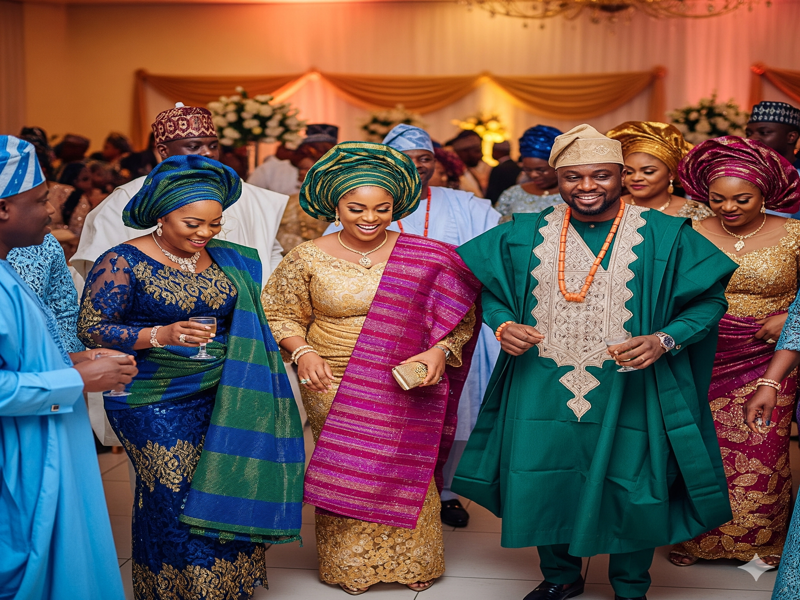Previously, Party themes were not as important to event professionals, and planners may not have given them the attention they required because they believed that increasing profits was the ultimate goal.
However, event themes now play an important role in customers’ purchase journeys. It has a strong ability to evoke emotions and increase engagement among event attendees. Event themes draw participants into a thoughtfully designed setting, appealing to their feelings and emotions while strengthening their connection to the event’s purpose. A smartly crafted event theme elicits emotions like excitement, curiosity, or nostalgia that last long after the event has ended.
Let’s take a journey to guide you through the art of crafting an event theme that will leave a remarkable impact on the memories of your attendees.
Table of Contents
What is A Party theme?
A party theme is a central or underlying concept or idea that defines the event’s tone, style, and ambience. It acts as a creative framework for the design, decoration, activities, and overall experience of the event.
Several factors may help determine the theme of an event; they may include personal or corporate event goals, community factors, marketing or sales goals, etc.
Understanding the Psychological impact on attendees
The very first step you will need to take to craft a winning event theme is to draw inspiration from your understanding of the impact this strategy will have on the attendees at your events
It may interest you to know that the significant psychological impact that an event theme has on the attendee is accomplished by matching the event visuals, activities, and ambiences to the event themes. When this occurs, the emphasis already shifts from the level of attention to the level of interest. When this happens, the focus already moves from the attention level to the interest level.
Drawing inspiration from your event’s goals and objectives:
Your event goals and objectives are the single most important building blocks for your event. It is the map or compass with which your event drives other elements to their destination.
When the theme matches the event’s goals, it acts as an overall framework for the event’s content, activities, and atmosphere. In other words, team members are the only ones who can see aims and objectives; the audience is not, in a sense, privy to them. However, when the theme is developed using the goals and objectives as a source of inspiration, it is utilised to communicate the goals and objectives to the audiences, who may now freely connect with the event themes.
Crafting Party themes through Research, brainstorming and Conceptualization
Crafting a Party theme does not end with just aligning the theme to goals and objectives; it involves the process and effort of researching trends and recent occurrences, cultural beliefs, and the industry’s insights. One may even refer to the arts, history, and literature for more inspiration.
Brainstorming ideas by opening up discussions with relevant professionals in the industry for helpful and current insights. This collaborative process provides a variety of concepts, enabling you to choose a theme that perfectly captures the goal of your event. It also provides an avenue for greater creativity. It is a necessary step to conceptualisation, which is the process of condensing all concepts and ideas into a single, simple working concept.
Choosing the best theme:
It is time to choose a theme from all the brainstormed concepts. To do this, align it with certain criteria. These may include choosing a theme that deeply connects with the audience; in other words, the theme has to be relevant to your audience’s interests, values, and aspirations. Also, ensure that a wide range of people can relate to the theme. Consider also that the theme should be easy to remember; memorability is key because it adds to the overall experience.
Bizzabo.com gives a few instances of how event themes created memorable experiences, one of which is “Colour Your Space”, which was the theme of an event organised by a German polymer company called Convestro. For its annual Innovation Celebration, Covestro gathered its international community in an area painted only white. Then, as a tribute to Covestro’s vibrant brand, attendees were urged to leave their mark on the area with colour.
Creating a complete theme strategy:
This next step involves integrating the event theme into all aspects of the event. This means infusing the theme into the visuals, the decoration, the content, and the activities of the event. Consistency is important in this context; the theme should be an uninterrupted thread running through the whole experience for guests, from the minute they arrive to their last engagement.
Furthermore, the event staff plays a very significant role in maintaining the consistency of the theme during the event. They reflect the spirit of the occasion in both their interactions and their dress. They guide attendees through the event’s activities and keep the environment aesthetically electrifying. Their energy and expertise improve the whole experience.
Conclusion
Summarily, event themes have the potential to scale up the success of an event if they are properly crafted and consistently applied throughout all aspects of the event management process.











